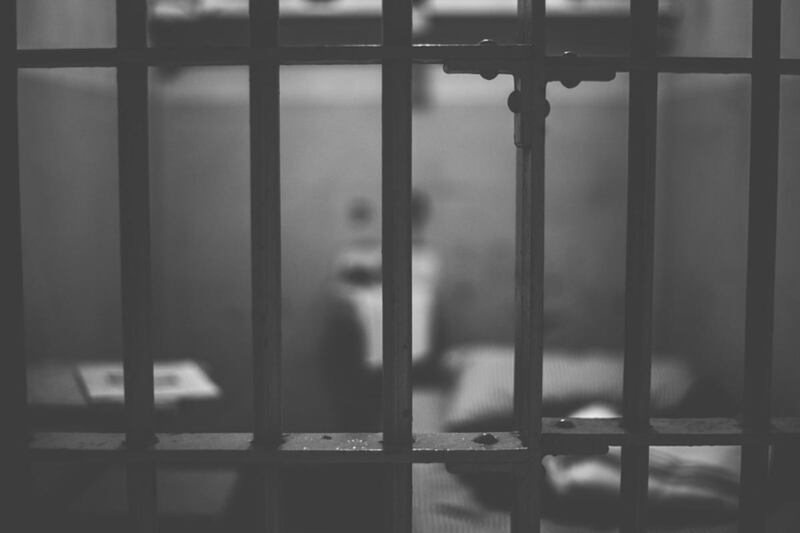Around 54,000 young adults in the United States are incarcerated every day, according to the advocacy group Youth First.
Many of those incarcerated within the juvenile justice system are placed into prisons that greatly resemble adult correctional facilities, Youth First reports, which can result in abuse and increased odds of recidivism — or the likelihood someone will return to jail.
In a Huffington Post article published Sunday, Shabnam Javdani and Erin Godfrey of NYU’s Steinhardt School of Culture, Education, and Human Development argue that New York City’s decision to send juvenile offenders to smaller correctional facilities close to the community they grew up in could result in reduced recidivism, and should be implemented across the country.
“Why have we recreated the adult justice system for youth when we know that youth’s development is different, and so are the reasons behind their offending?” Javandi and Godfrey asked in the article. “Whether our goal is to promote public safety, community building, or rehabilitation and healthy development — this is one of the worst things we can do.”
New York City re-evaluated its own juvenile justice system in recent years and is now allowing youths found guilty of certain crimes to be placed within smaller, local facilities where they may still attend school and see their families.
And other states are beginning to call for reform as well. In Wisconsin, advocacy groups are demanding a shutdown of two local juvenile prisons after learning prisoners were being sexually and physically abused within the facility. The groups are asking the state to invest in “community-based alternatives to incarceration” instead.
Sexual abuse in juvenile prisons is not uncommon, according to a study by the U.S. Department of Justice. A recent report found that understaffed facilities often experience more sexual abuse, gang violence and complaints by the incarcerated.
Youth First, which works to “end the incarceration of youth,” estimates that juvenile prisons are costly as well. The group estimates that, collectively, youth prisons can cost the country over $5 billion each year.
Juvenile prisons also represent disparities in sentencing, according to a study by Haywood Burns. It found that African-American kids are five times as likely to be incarcerated than white kids. Native Americans are 3.2 times as likely, and Latinos are twice as likely.
Javandi and Godfrey argue that youth justice reform could also address more of the problems that cause juvenile crime by providing youths with “equitable distribution of resources,” regardless of criminal history.
“There is simply no need for there to be any large non-local prison facilities for youth,” Javandi and Godfrey wrote. “These facilities engender practices — like solitary confinement — that have been directly recommended against by global human rights organizations. No good, and only tragedy, comes from this.”
Email: sweber@deseretnews.com; Twitter: @sarapweber


